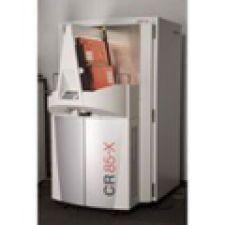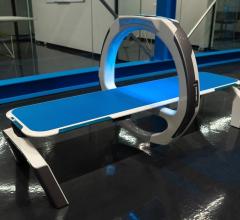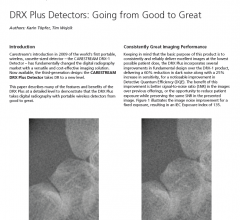
Agfa HealthCare’s DX-S reportedly fills the gap in the current range of Digital Radiography Solutions by providing a unique combination of image quality, speed and flexibility that exceed traditional CR solutions.
The solution is designed to deliver a full range of imaging exams with minimum wait times and directly to the point of care. Agfa HealthCare’s DX-S offers increased image quality and potential for X-ray patient dose reduction through the DirectriX needle-based detector technology. The DX-S provides the flexibility and economical advantages of CR at the quality of DR, according to its manufacturer.
Also highlighted, MUSICA, Agfa’s latest automated digital radiography image processing software, is now available for its entire CR solutions range.
It derives from the image itself all of the parameters necessary for optimizing an image, without requiring any external information about image content, recognizes the signal characteristics of such regions and adjusts its processing accordingly. MUSICA analyzes data for both bones and soft tissue separately, eliminating the need to compromise on either contrast or density. This results in greater detail and improved image quality, allowing the radiologist to extract fast and secure diagnostic information hence increasing productivity and realizing shorter examination times for faster patient turn-around.
The CR 85-X is a multi-user digitizer that Agfa will spotlight at RSNA, featuring a 10 cassette drop-and-go buffer that reportedly eliminates waiting times and maximizes productivity.
The system is ideally suited for centralized CR environments and is able to support the imaging needs of at least three X-ray rooms. The CR 85-X is a multi-application digitizer, benefiting from three different image resolution modes and is suitable for the following applications: general radiography, orthopaedics (orthopedics) extremities, dental, paediatrics (pediatrics) and mammography. Agfa HealthCare’s CR85-X is fully compatible with the CR35-X (identical cassettes and imaging plates), and the two units can be combined to cover all centralized and decentralized radiography requirements, irrespective of healthcare facility type and size.


 December 03, 2020
December 03, 2020 








